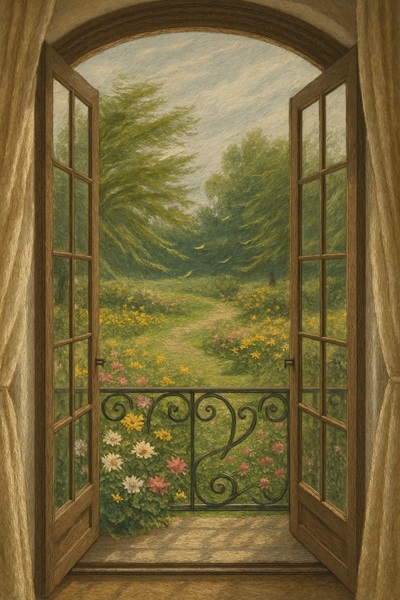Who Has Seen the Wind?
By Christina Rossetti
Who has seen the wind?
Neither I nor you:
But when the leaves hang trembling,
The wind is passing through.
Who has seen the wind?
Neither you nor I:
But when the trees bow down their heads,
The wind is passing by.
Introduction to the Poet
Christina Rossetti (1830-1894) was a prominent English poet of the Victorian era, known for her romantic, devotional, and children’s poetry. Born in London to an artistic Italian family, Rossetti began writing poetry at a very young age. Her father was a poet and her brother, Dante Gabriel Rossetti, was a famous painter and poet associated with the Pre-Raphaelite movement. Christina Rossetti is best known for her collections “Goblin Market and Other Poems” (1862) and “Sing-Song: A Nursery Rhyme Book” (1872), which contains many poems for children. Her work often features simple language with profound ideas, exploring themes of love, nature, spirituality, and the passage of time. Rossetti’s poetry is characterized by musical rhythms, clear imagery, and emotional depth. Today, she is recognized as one of the most important female poets of the 19th century, and her children’s poems continue to be beloved for their accessibility and insight.
About the Poem
“Who Has Seen the Wind?” is one of Christina Rossetti’s most famous children’s poems, published in her collection “Sing-Song: A Nursery Rhyme Book” in 1872. Through simple language and a musical rhythm, the poem explores the invisible yet powerful nature of wind—something that cannot be seen directly but whose presence can be observed through its effects on the environment. The poem’s structure, with its repeated question and similar stanzas, creates a gentle, song-like quality that appeals to young readers. Beyond its simple surface, the poem introduces children to the important concept that some things can be known only by their effects rather than direct observation. This idea can be extended to more abstract concepts like emotions or even spiritual beliefs. The poem’s lasting appeal comes from its combination of accessibility, musicality, and the universal experience of wondering about invisible forces in our world.
Image Courtesy

















